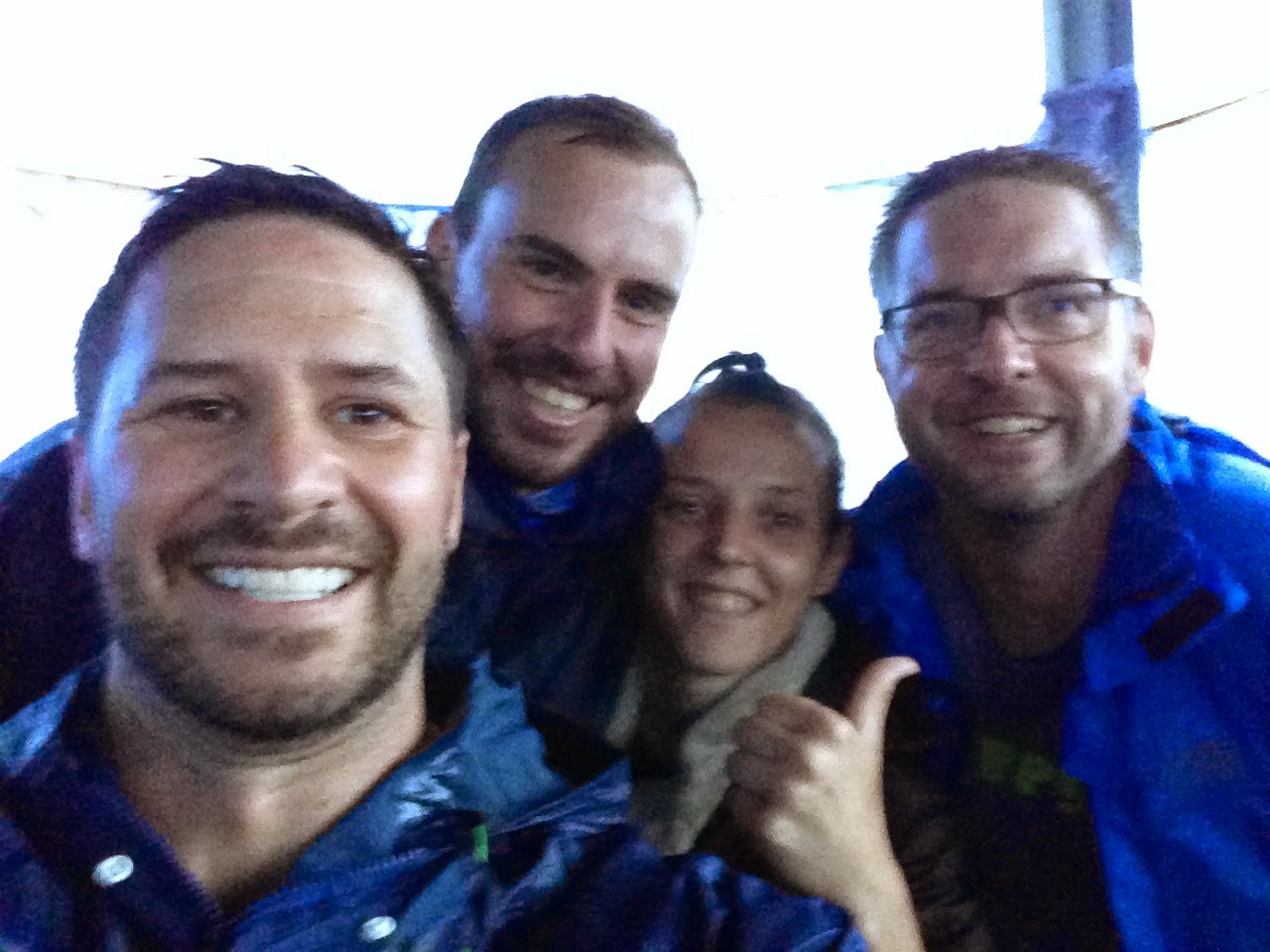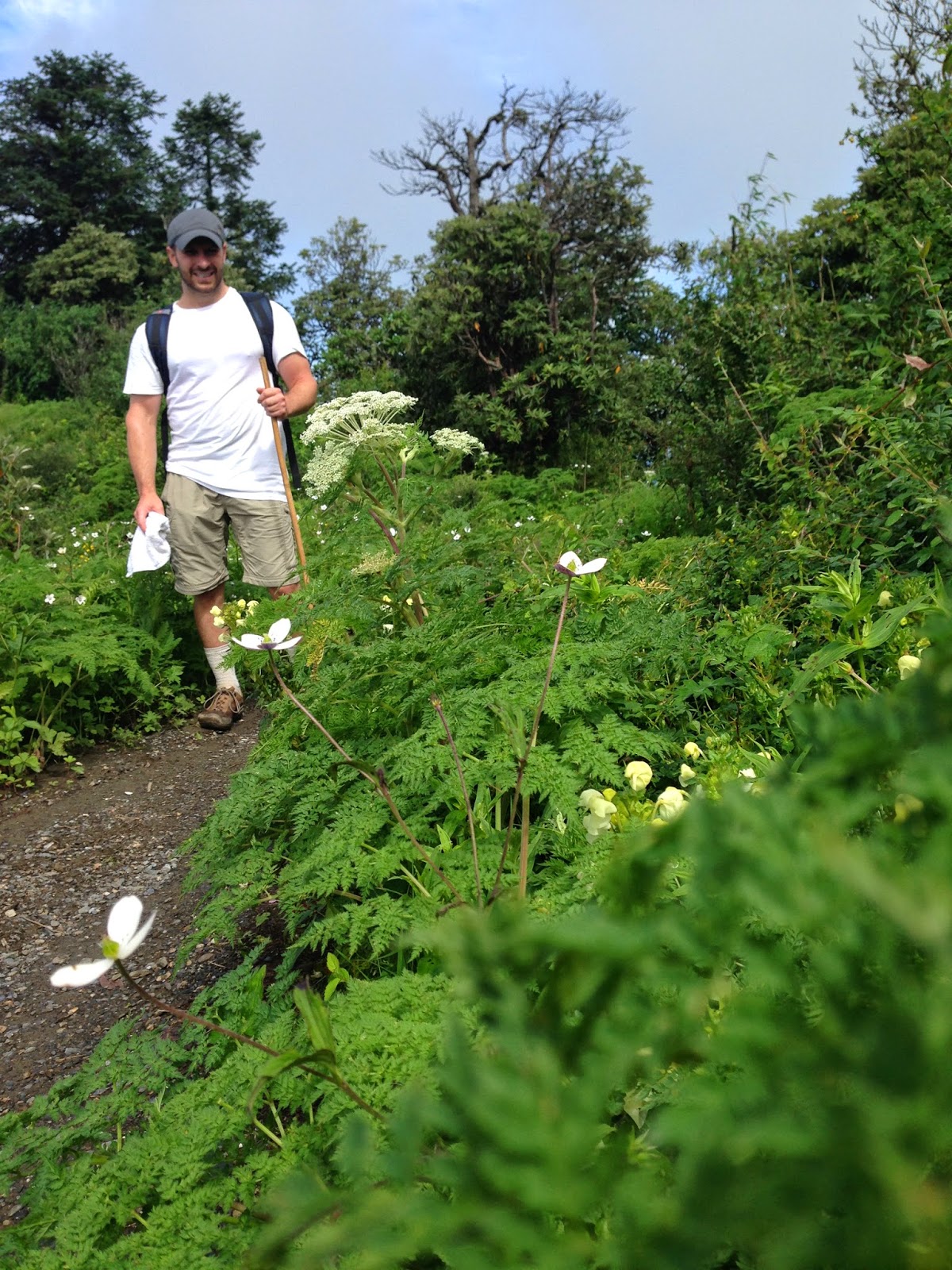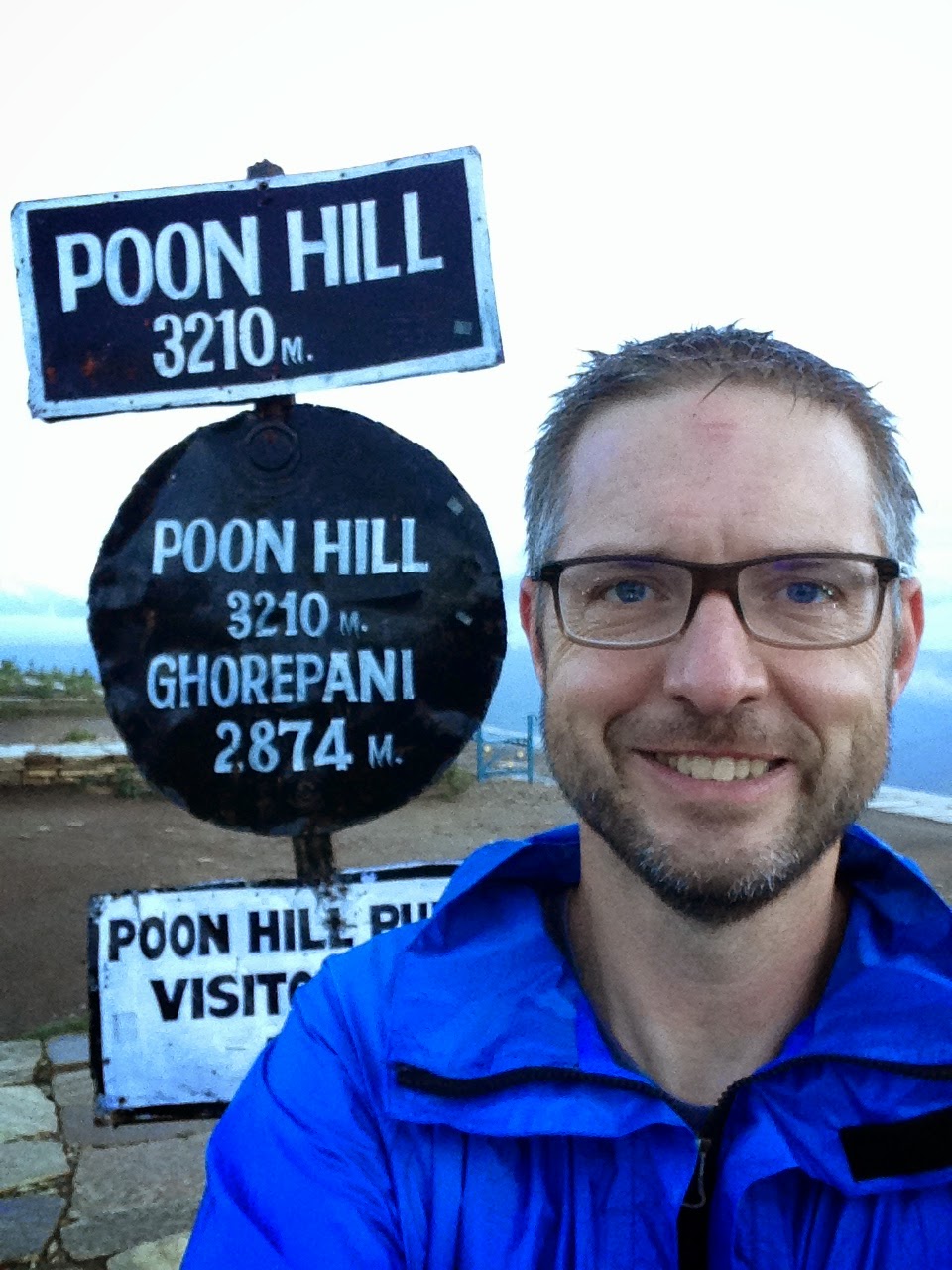We arrived at Ghorepani in the early afternoon of our second day, checked into our room at our tea house, and gladly had lunch and a break from climbing. Just after we arrived it started to rain heavily, and a steady stream of trekkers arrived from Spain, Germany and Korea. After a single night I had gotten "used to" being the only guests at the tea house, but this experience would prove to be even better than our first night in Ulleri.
The most meaningful experience for me was meeting and talking to Noah, a 20-something student from Korea, who picked up on my use of the word "calling" during our opening (rather standard) conversation about what we were doing in Nepal. He immediately guessed that I was a Christian, and told me that he and his friend Jun Ho were also Christians. He then told me his story, in which he expressed his sadness at not being able to continue his studies at UC Berkeley. He was struggling with a decision about what to do next, looking for direction from God, and needing some counsel. Let me pause to express how amazing this is. Here we were, two travelers from opposite sides of the planet, sharing a literal and metaphorical path for a short while in an improbable location. Not a coincidence in my view, not a chance meeting! We talked for a while, prayed together, and said good night as the rain continued to fall and we hoped for a clearing before our sunrise hike to the top of Poon Hill. Before bed I wrote out Psalm 40 and left it in Noah's shoe - Maggie had written out this Psalm for me when I left for Nepal. It says in part:
God is our refuge and strength
An ever present help in trouble
Therefore we will not fear
though the earth fail, and the mountains fall into the heart of the sea...
The rain fell heavily throughout the night, and at 4:00 I awoke to find it still falling. I prayed, of course, for a clearing, thinking that if God could cause mountains to smoke with his touch, surely a breath could push away a few clouds. At about 4:15 the rain began to slacken and I heard two of my new-found Spanish friends waking up. I said to myself, if I don't get up and go up the hill, I won't see the miracle. So I woke up our guide (who preferred to go back to sleep) and Bryan (who came along) and the four of us went up Poon Hill. We ascended the hill in the dark in 45 minutes with head lamps and rain gear - but we didn't need the rain gear. The clouds receded as the sun rose and we had the most fabulous views of the Annapurna range for the entire trip.
Psalm 40:
...There is a river whose streams make glad the city of God
the place where the most High dwells
God is within her, she will not fail
He will help her at the break of day...
I was thrilled to see Noah and Jun Ho come up the path a little while later and join us at the top. Noah and I talked more on the way down. What a fabulous blessing it was to experience the incredible beauty of Nepal's Annapurnas, and to share it with friends! The physical and the spiritual journeys coinciding and complementing each other for a few beautiful hours - what an incredible and unforgettable experience.
Noah, Philip and Jun Ho
Annapurna I (8,091 m), left; Annapurna South (7,219 m) right
View from Poon Hill with Dhalagiri I in the background
Dhalagiri I from a break in the jungle on the way to Ghandruk later on day 3
One of many waterfalls on the way to Ghandruk
The Ghorepani crowd (minus Noah and Jun Ho)






.png)










































